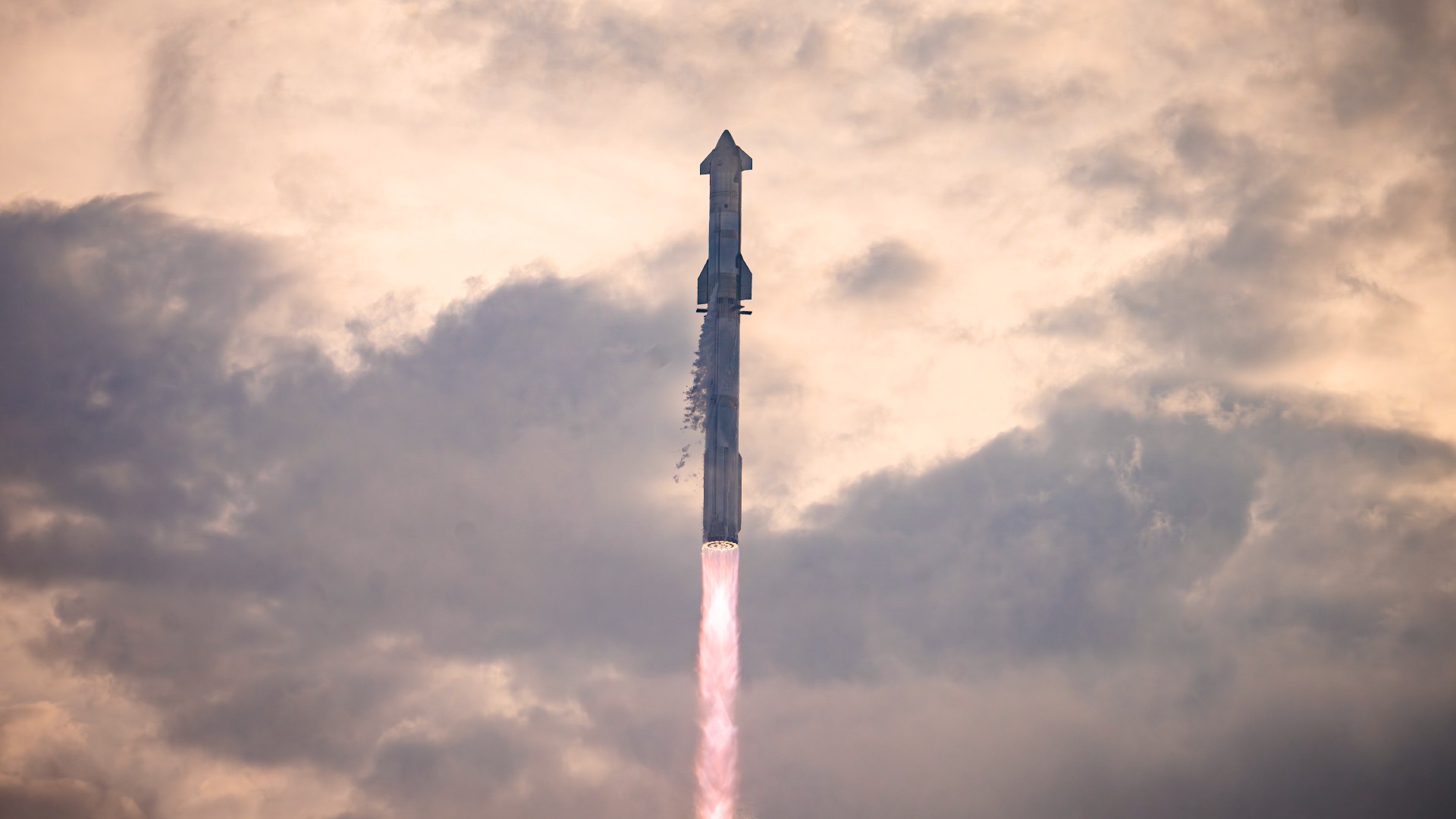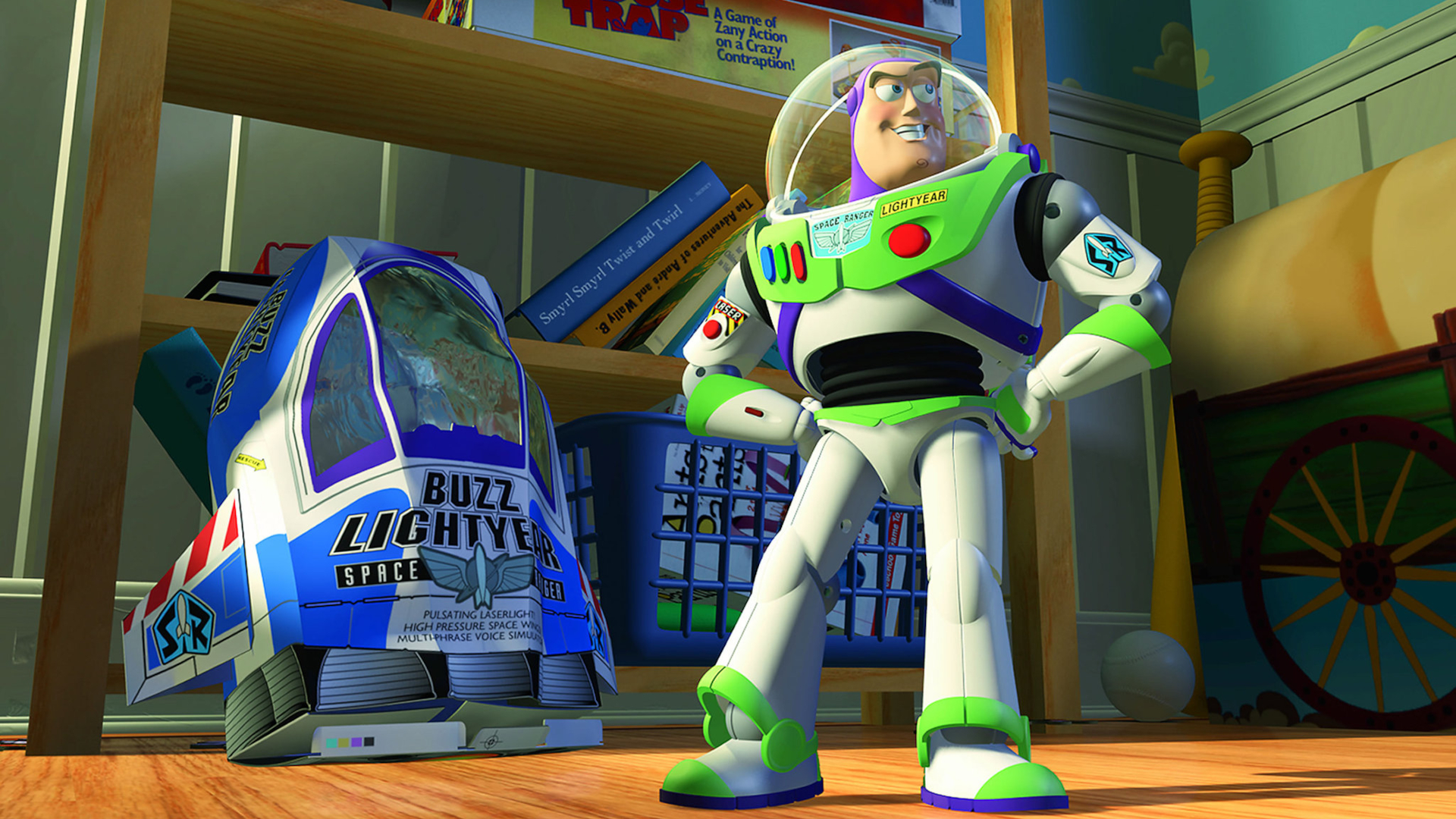SpaceX's giant Starship will be 500 feet tall for Mars missions, Elon Musk says (video)
SpaceX's Starship, the largest rocket in the world, will get even bigger as the company continues to target Mars missions in the future.
Elon Musk, the billionaire founder of SpaceX, told employees on April 4 that Starship will eventually be as tall as 500 feet (150 meters), roughly 20% higher than the massive system aboard the Super Heavy rocket right now.
What's more, advances in reusability will have each launch cost roughly $3 million each, Musk predicted; that's less than a third of what a (much smaller) Falcon 1 rocket launch cost in 2004 when inflation is taken into account. (The figure two decades ago was $5.9 million, according to NBC, which is roughly $9.5 million in 2024 dollars.)
"These are sort of unthinkable numbers," Musk said in the Starship update, released publicly April 6, roughly one month after the third and last test flight to date. "Nobody ever thought that this was possible, but we're not breaking any physics to achieve this. So this is within the bounds, without breaking physics. We can do this."
Related: SpaceX fires up huge Super Heavy booster ahead of 4th Starship test flight (photos, video)
Musk tends to deliver Starship updates at least once a year to highlight progress the company is making toward its long-term plans of settling Mars. Indeed, the last year has seen three Starship launches, so there has been progress made recently. Musk didn't, however, address delays in launching Starship that have contributed to pushing back the launch date for the first moon landing under the NASA-led Artemis program.
SpaceX was named the vendor for the Artemis 3 landing mission that, until recently, was set for 2025. In January, NASA elected to hold the launch date another year, to 2026, due to a range of technical issues. Aside from Starship not being ready — the agency wants many successful launches before approving it for astronaut flights — Artemis 3 was also delayed due to slow progress on spacesuits and problems with the mission's Orion spacecraft, among other factors.
Breaking space news, the latest updates on rocket launches, skywatching events and more!
However, Musk's words about Artemis, to employees, focused on Starship's future capabilities: orbiting the Earth and refilling its tanks, both of which have yet to be proven on its three test flights.
"This will ... be very important for the Artemis program for the NASA to get back to the moon," Musk said of those capabilities. He also envisions a "Moon Base Alpha" that would include ships "specialized for going to and from the moon", meaning there would be no heat shield or flaps due to the lack of atmosphere.
Musk's 45-minute speech touched on the usual themes for his Red Planet updates, focusing on how to send a lot of cargo out there for eventual settlers. He noted that would take thousands of launches to do; for perspective, Musk said the company has completed 327 successful Falcon series launches and about 80 percent of those had reused boosters (a key factor in reducing cost.)
SpaceX is by far the most active launching entity on Earth, and Musk forecasts the company will send roughly 90 percent of orbital mass aloft this year compared to China's 6 percent (the second-largest entity.)
Starship's next and fourth spaceflight attempt, expected to take place in May, aims to have the first stage of Super Heavy land "on essentially a virtual tower" in the Gulf of Mexico, Musk said. Once the company safely gets that done, they will consider using the launching area at Starbase, in south Texas, for future landings as soon as Flight 5. (Musk pegged the chances of success on Flight 4 at 80% or 90%.)
Musk also wants to perform two splashdowns of the upper stage of Starship in a row, in a controlled fashion, before sending it to Starbase on a future flight. "We do not want to rain debris over Mexico or the U.S.," he said. "My guess is probably next year when we will be able to reuse Starship."
Overall, Musk plans for multiple Starship launches to take place this year, and suggests SpaceX will build an additional six spacecraft by the end of 2024. A new rocket factory for the company should be available in 2025, which would make production even faster.
Future versions of Starship will include a "Starship 2" to send 100 tons of payload to low-Earth orbit and the 500-foot "Starship 3" for 200 or more tons. Bigger vehicles, Musk stressed, will mean fewer (four or five) refueling missions in low Earth orbit to get a Starship ready for the journey to Mars someday.
Of these milestones, Musk said it would be "very much a success-oriented schedule." His speech did not mention the Federal Aviation Administration, which must approve each one of the launches, nor ongoing criticism of the environmental impact of Starship on the ecologically sensitive area near Starbase.
That impact may continue to grow, as Musk said it would take roughly 10 launches a day to send hundreds of vehicles to Mars every two years (when the planet is closest) to make a long-term settlement feasible. As for the number of Mars-bound people, that would be roughly a million folks, he said — that matches predictions he made at least as far back as 2017. Musk also says he wants to get the settlement going "in 20 years." He said the same thing in 2011.

Elizabeth Howell (she/her), Ph.D., was a staff writer in the spaceflight channel between 2022 and 2024 specializing in Canadian space news. She was contributing writer for Space.com for 10 years from 2012 to 2024. Elizabeth's reporting includes multiple exclusives with the White House, leading world coverage about a lost-and-found space tomato on the International Space Station, witnessing five human spaceflight launches on two continents, flying parabolic, working inside a spacesuit, and participating in a simulated Mars mission. Her latest book, "Why Am I Taller?" (ECW Press, 2022) is co-written with astronaut Dave Williams.


